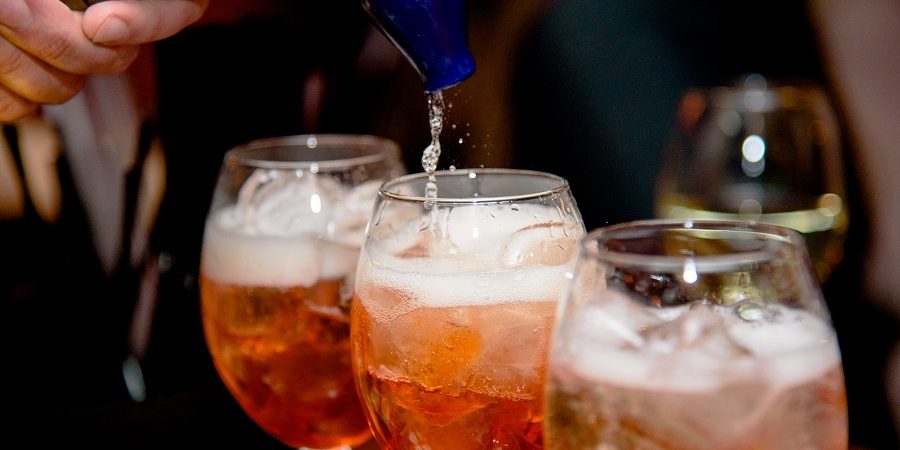You’ve opened a great bar with a classy, fun atmosphere and a creative drinks menu. Now, how do you make sure it’s profitable? It’s not just about marketing and figuring out how to draw and keep customers. You’ll need to spend some time crunching the numbers and finding ways to improve your profit margin. Fortunately, the data and analytics from your point of sale (POS) system can help with a lot of that work. Here are some ways you can use POS functionality to increase your bar profit margin.
Control Inventory
Close and careful monitoring of inventory is crucial to the rest of your bar profit margin calculations. For example, you need to know how much of a product you used in order to calculate its pour cost. The pour cost is your inventory usage divided by your total sales. So if you used an amount of inventory that cost you $100, and made drinks that you sold for a total of $500, your pour cost is 100/500, or 20 percent. The other 80 percent is your profit margin — and 80 percent is the general standard most bar owners aim for. The lower your pour cost, the higher your bar profit margin.
Inventory monitoring will help you to see what’s selling and what isn’t, so you can adjust your purchase orders accordingly and not have money tied up in product that is sitting on your shelf doing nothing for you.
Prevent Loss
The amount of product sold during a given time period should match the amount of product used during that time. The difference between these numbers is variance, and the bigger it is, the smaller your bar profit margin becomes. These losses could be caused by spillage, breakage, theft, comped drinks, or overpouring. When your inventory management system alerts you to these issues, you can take steps to combat them. For example, you could etch your glassware with lines to indicate one standard serving or use pour spouts to prevent overpouring.
Another way to prevent loss is to make sure you’re pricing your drinks correctly. For each drink recipe, you should know what each ingredient costs you (not only the alcohol, but all additional ingredients, such as soda or fruit garnishes). Then divide your total material cost by your ideal pour cost (say, 18 percent). The result will be the price you should charge for that drink. Selling it for less will reduce your profit margin.
Analyze Data from Your POS
Your POS system can do so much more for your bar than simply processing transactions. It can provide a wealth of data, from inventory tracking to sales reports that include the number of items sold, the popularity of each item, ingredient costs, item sell prices, item profit, and total revenue. When you’re calculating bar profit margin, it will do a lot of the number-crunching for you.
Train Staff
Finally, it’s important to have employees who are not only customer-friendly and good mixologists, but who are also well-trained in best business practices. They should know, for example, how to estimate or “tenth” the amount of liquor in each bottle when taking inventory. Accurately recording inventory data, which includes differentiating between bottles, kegs, and cases, directly impacts profit calculations, so teach your staff well. They should also be mindful of proper pouring techniques to avoid costly overpours and reduce shrinkage. Your POS system can also track employee sales performance and show you who is contributing the most to your bar profit margin.
The right POS system brings value to your business in multiple ways. With more than two decades of experience, Focus POS will work with you to find the best solutions to help improve your bar profit margin and grow your business. Contact us to find out more or request a demo.







